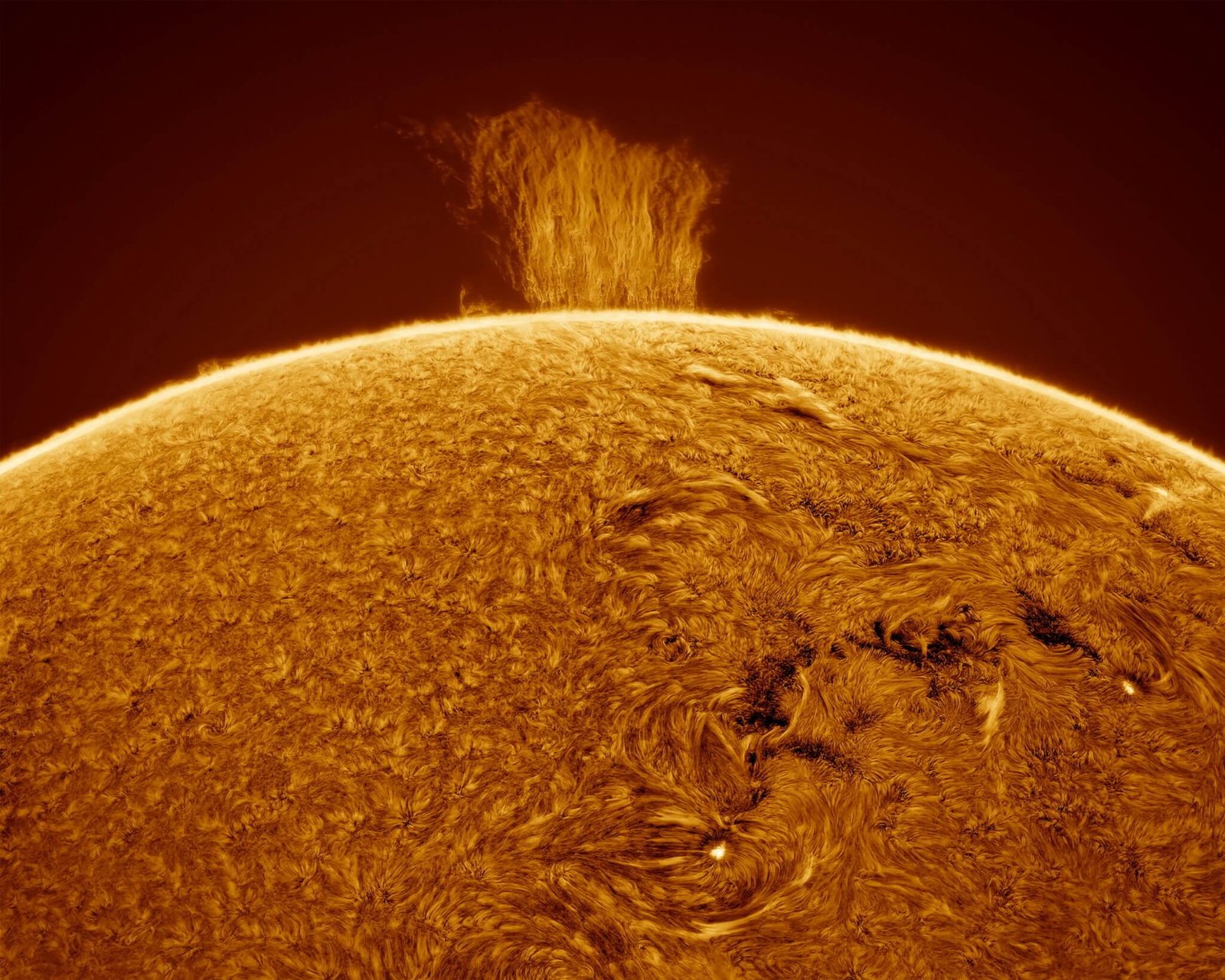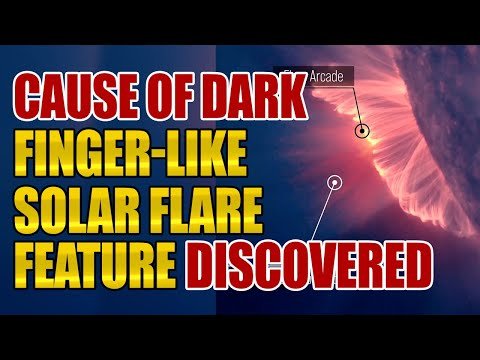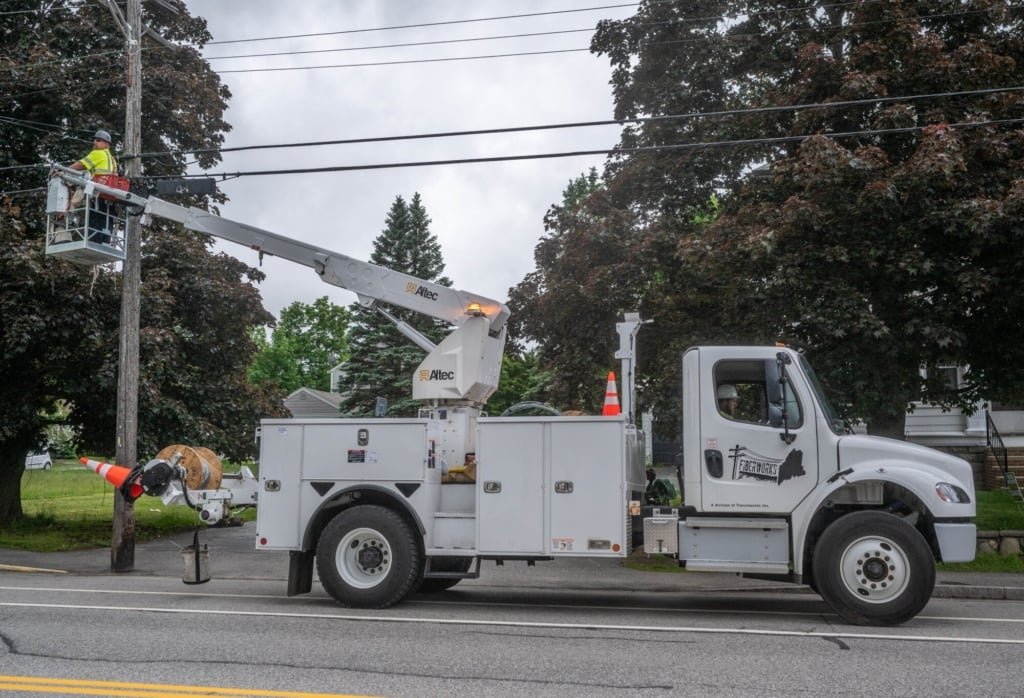BERKELEY, Calif. — NASA’s Parker Solar Probe (PSP) has ventured through solar winds for the first time in a proactive effort to prevent a potential “internet apocalypse” in our future. The spacecraft maneuvered close to the origin of the solar wind, near the surface of the Sun, where a continuous stream of charged particles originates from the outermost atmosphere known as the corona.
Withstanding intense heat and radiation, the Parker probe is gathering new information about the workings of our star. Previous studies have already revealed how intense solar storms could one day cause planet-wide blackouts by interfering with Earth’s electronic signals.
Winds carry a lot of information from the Sun to Earth, so understanding the mechanism behind the solar wind is important for practical reasons on Earth, says study co-leader James Drake of the University of Maryland-College Park. This will affect our ability to understand how the Sun releases energy and drives geomagnetic storms, which pose a threat to our communication networks.
Scientists are warning of a possible solar strike in the next decade that could trigger this internet apocalypse. The resulting radiation could knock out satellites and power lines, leaving people offline for months or even years.
Parker probe has detected the solar wind in unprecedented detail, revealing information that typically dissipates as the wind exits the corona in a shower of photons and electrons. The team likened this observation to “seeing jets of water emanating from a shower head through the jet of water hitting you in the face.”
The observed phenomena correspond to “supergranulation fluxes” within the coronal holes from which the magnetic fields emerge. This suggests that these regions could be the origin of the “fast” solar wind. During quiet periods of the Sun, these holes usually occur at the poles, preventing the wind from hitting the Earth. However, every 11 years, when the Sun’s magnetic field flips, holes appear all over its surface, generating blasts of solar wind aimed directly at us.

The study, published in the journal Nature, will help predict solar storms that not only generate beautiful auroras on Earth, but can also wreak havoc on satellites and the power grid. Research suggests that coronal holes act in a similar way to dandelions, with evenly spaced jets emerging from bright spots where magnetic field lines funnel in and out of the sun’s surface.
As oppositely directed fields pass through these funnels, which can be 18,000 miles wide, they often break and reconnect, hurling charged particles out of the sun.
The photosphere is covered in cells of convection, like in a boiling pot of water, and the larger-scale convection flow is called supergranulation, says study leader Stuart D. Bale, a physics professor at UC Berkeley, in a university statement.
Where these supergranulation cells meet and descend downwards, they drag the magnetic field along their path in this type of descending funnel. The magnetic field there intensifies a lot because it’s just blocked. It’s kind of like a little ball of magnetic field going down a drain. And the spatial separation of those little outlets, those funnels, is what we’re seeing now with the solar probe data.

Parker’s scanners have detected very high-energy particles moving up to 100 times faster than the solar wind. The researchers deduced that this wind could only be created by a process known as magnetic reconnection. Launched five years ago, Parker is designed to make repeated and ever closer passes of the Sun, traveling at colossal speeds of over 320,000 mph. Protected by a thick heat shield, the spacecraft takes measurements of the solar environment with a variety of instruments.
NASA’s main goal was to determine the origin of the high-energy particles that make up the solar wind, whether it’s a product of magnetic reconnection or plasma acceleration or Alfven waves.
The big takeaway is that its magnetic reconnection within these funnel-like structures provides the energy source for the fast solar wind, Bale said. It doesn’t just come all over in a coronal hole, it’s substructured within coronal holes to these supergranulation cells. It comes from these small beams of magnetic energy associated with convection flows. Our findings, we think, are strong evidence that its reconnection is doing just that.
The funnel-like structures probably correspond to the bright jets visible from Earth inside the coronal holes, as recently reported by the Parker project. As the spacecraft continues to venture deeper into the corona, it is expected to reach four million miles from the photosphere by 2025, providing invaluable data.
Parker’s insights, along with those of other solar observers, have direct implications for life on Earth. Scientific efforts to predict these solar “storms” are ongoing, and the Parker Solar Probe promises to provide valuable new information to aid in this effort. As the probe continues its deep-space sojourns in the Sun’s corona, it will provide even more information, furthering our understanding of these solar phenomena and helping us better predict and protect ourselves from the potential effects of such space weather events on our planet.
you may also be interested in:
South West News Service writer Mark Waghorn contributed to this report.

#NASA #spacecraft #travels #solar #winds #find #source #potential #internet #apocalypse



